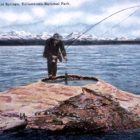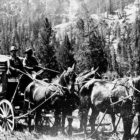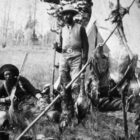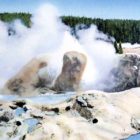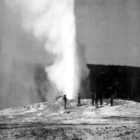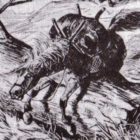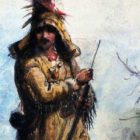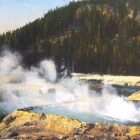
By the early 1800s, trappers were scouring the Rocky Mountains for beaver. Evidence of their travel is sketchy, but we know that trapper brigades reached the Yellowstone plateau by 1826. An anonymous account of a trapper’s adventures in what is now Yellowstone National Park was published in The Philadelphia Gazette and Advertiser. Continue Reading →

